Bryan Mark III Model 500/700 Pre/Power Amp
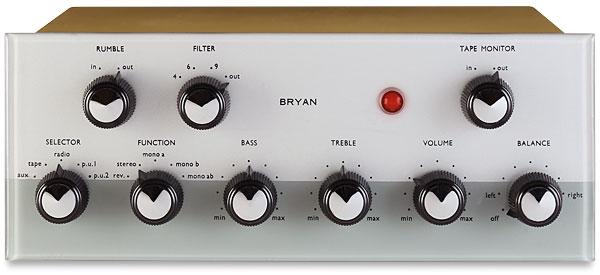
 From a UK manufacturer quick to take advantage of the arrival of high-power transistors comes a '60s pre/power amp combo as curious as it is rare. How does it sound today?
From a UK manufacturer quick to take advantage of the arrival of high-power transistors comes a '60s pre/power amp combo as curious as it is rare. How does it sound today?
Hands up those who have seen a Bryan amplifier before, let alone heard one. Me neither – until I unpacked the Mark III Model 500/700 pairing seen here. The first 500 arrived when higher-power transistors were beginning to be used in quality audio, yet while the technology became universal, British brand Bryan sank without trace.
The Cheshire company's first range of stereo transistor amplifiers was launched in 1963 – a respectably prompt start for such a small manufacturer. One advance brought by higher-power transistors was that they made it possible to eliminate the component that was the most difficult to design when it came to valve amplifiers: the output transformer. This transformer is needed because valves are high impedance devices. They work at high voltages yet pass on small amounts of current.
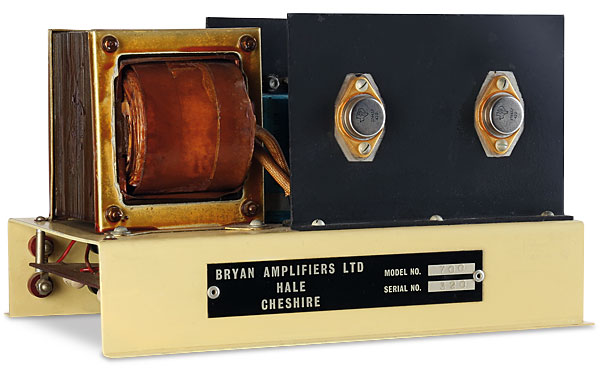
Conventional loudspeakers work the other way around in that they require large currents at low voltages. This conflict is solved by an output transformer, which matches the two characteristics in much the same way a car's gearbox matches the engine's power to the speed and torque required at the vehicle's wheels.
Fragile State
Valve amps have worked like this since the 1920s, but for quality applications the cardinal issue was (and remains) that of designing an output transformer that is sufficiently phase linear across the audio band to allow enough negative feedback to be applied to reduce the amplifier's distortion figure to an acceptable level. Transistors, on the other hand, already work at high currents and low voltages and can therefore drive a loudspeaker load directly. In the circuits used by Bryan (and everyone else during this period) it was necessary to place a large capacitor between the transistors and the loudspeaker to block the DC content still present in the signal, but this introduces far fewer difficulties than even the very best transformers.
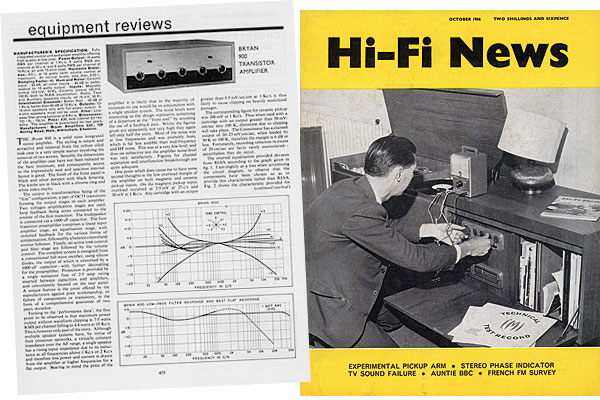
However, the situation was not yet ideal, for the transistors available in the early '60s were fabricated not from silicon but from germanium. This meant they were fragile, heat sensitive and noisy. Care was therefore required to obtain the best performance from them, although the major semiconductor manufacturers (Philips in Europe, RCA in the US) produced copious application notes to get designers up to speed with the new techniques. Bryan did not have to design its amps from scratch; the key circuit blocks were already developed and in place.
Life Of Bryan
The company's 1964 range consisted of the Model 400 integrated amp and Model 500 and 600 pre/power pairing. Both offered similar performance, but while the 400 was free-standing the 500 and 600 were made for cabinet mounting. One piece of valve practice Bryan retained was to have the preamp take its power from the power amp via a thick umbilical cable. Improvements came in 1965 when the 500 became the Mark II 500. The key change was that the MM cartridge input now met the widely accepted 2.5mV into 50kohm standard rather than 5mV into 6kohm. At the same time, the Model 600 became the 700, retaining a 13W-per-channel maximum output but with a new layout that reduced the amp's external dimensions.
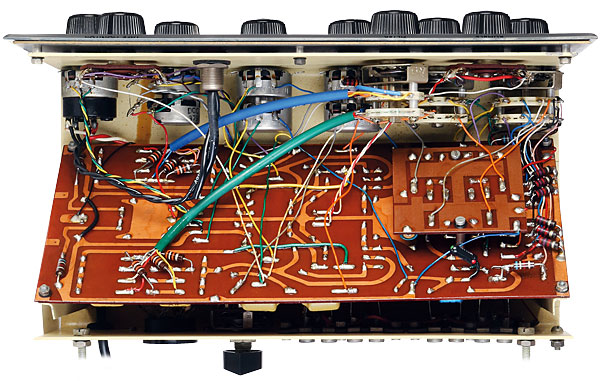
The Model 500 was tweaked again for 1966 to become the Mark III. The action of the bass, treble and balance controls was improved, as were the tape recorder connections. Outwardly the control knobs gained polished aluminium inserts and the size of the power amp was again reduced. An FM tuner/preamp was also offered, but the big news was the introduction of the Model 3000 – an integrated combining both halves of the 500/700 in one chassis.
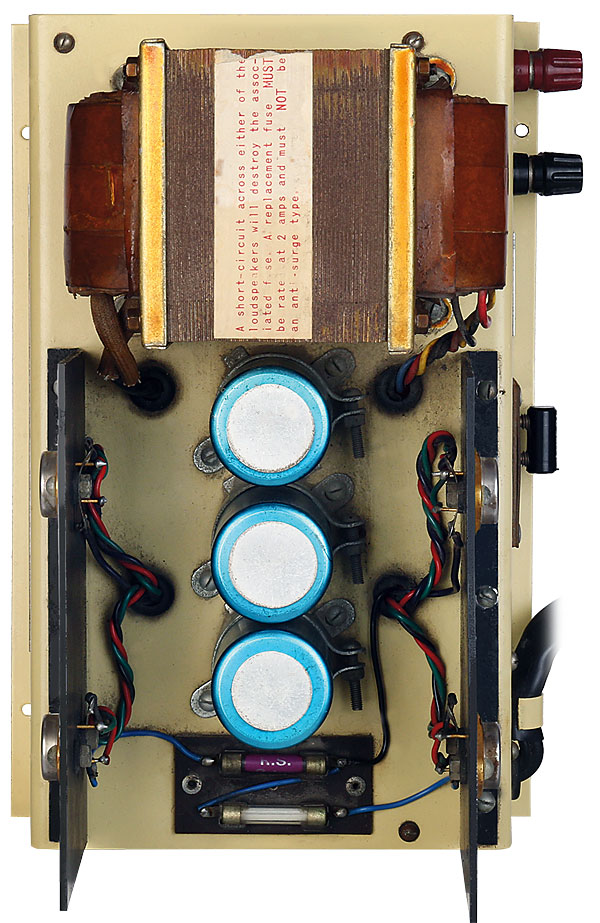
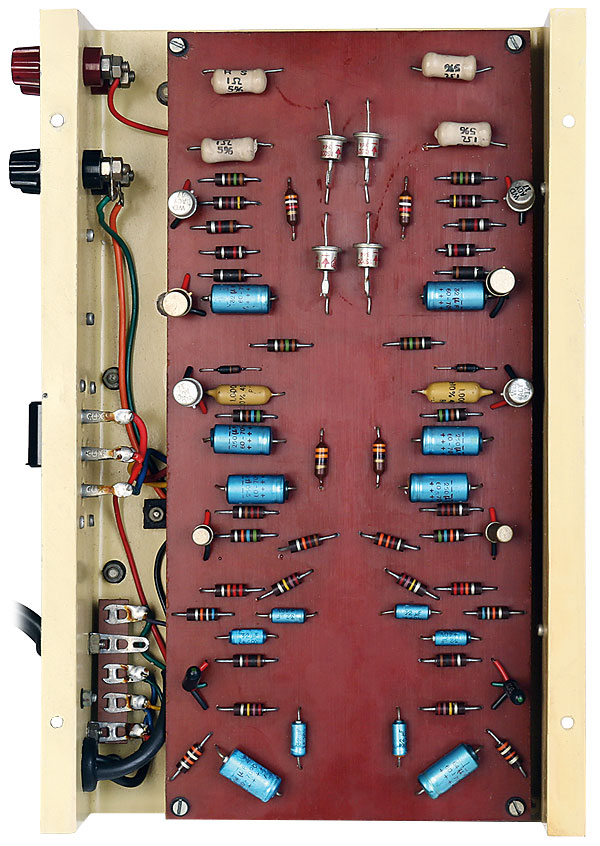
Bryan was keen to promote the reliability of its amps and these models were shipped with a five-year guarantee – virtually unheard of at the time. This came at a price though, as a Model 3000 cost £56 when a Leak Stereo 30 was just £49.
Not So Modern
The Mark III 500/700 has a charm to it, but by 1966 amps like Sony's TA-1120 [HFN Sep '13] were appearing which defined a new generation of 'user experience'. Suddenly, the idea of mounting metal boxes linked together by heaving cabling into holes cut into furniture did not appear so modern – transistor circuitry or not.























































